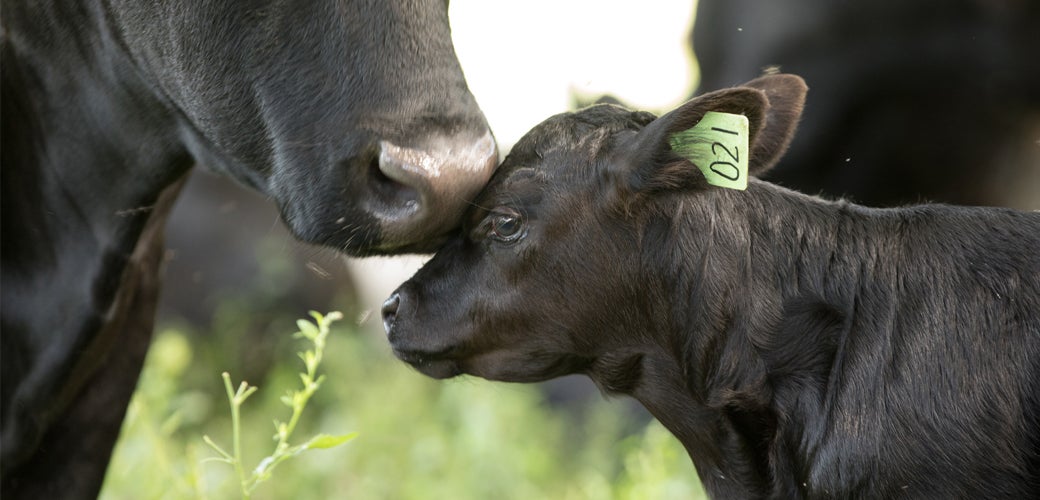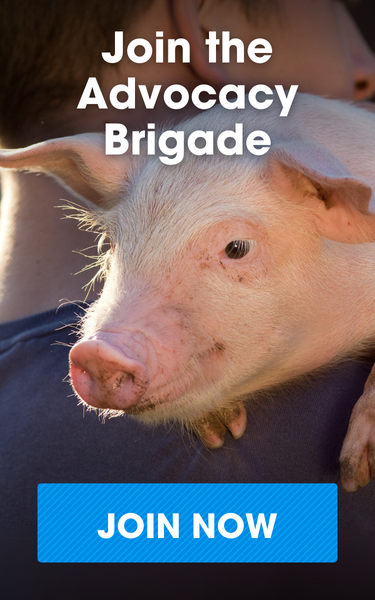
Big News for Animals: Farm Bill Framework Finally Unveiled

UPDATE: On May 10, 2024, the House Agriculture Committee released additional Farm Bill details regarding “enhance[d] protections for dogs covered under the Animal Welfare Act (AWA).” We were hopeful that these enhancements would come in the form of USDA enforcement reform, but it appears that the House is merely calling on the USDA to create a report evaluating its own enforcement capabilities and efforts. This is deeply disappointing, as it reduces any sense of urgency to improve protections for dogs in USDA-licensed facilities. Three decades of audits conducted by the Office of Inspector General already chronicle the USDA’s failure to adequately enforce the AWA. Calling for another report would cause more delay and offer no chance of improvement in a clearly broken agency process; and dogs suffering in USDA-licensed facilities will not get the help they need, possibly for years. We must push for stronger Farm Bill language for vulnerable animals.
On May 1, 2024, the House and Senate Agriculture Committees unveiled their individual Farm Bill frameworks, or outlines that preview their priorities for the final Farm Bill text. The outlines from both committees suggest major changes could be coming that will impact farm animals and companion animals, with opportunity still to advocate for positive change for horses. Here's what we found!
Impacts on Farm Animals
The policies in the Farm Bill play a huge role in determining what our food and farm systems look like, which impacts the welfare of the more than 10 billion animals raised for food each year in the U.S. Through the Farm Bill, Congress has the opportunity to move away from cruel and destructive factory farming and accelerate the transition to more humane and sustainable farming models. This can be done by investing in farmers already providing higher-welfare conditions for farm animals and providing more pathways for other farmers to transition to these higher-welfare systems.
The Senate framework offers hope for a brighter future for farm animals and higher-welfare farmers. It included:
Brand new, groundbreaking funding to help transition factory farms to more humane and climate-friendly farming practicesAnnual, public reporting requirements on farm animal depopulationConservation spending for small, higher-welfare farms instead of funding factory farmsIncreased funding for critical infrastructure to support more humane farmingDespite these victories in the Senate framework, there were also some troubling policies in the House’s version that would roll back decades of progress including restricting states’ ability to regulate agriculture. The House framework includes language closely mirroring the dangerous EATS Act, which is a blatant attempt to overturn important farm animal protection laws that ban extreme confinement of egg-laying hens, mother pigs and calves. This policy would prohibit states from regulating agricultural products, creating a race to the bottom that hurts animals, farmers and consumers and threatens to overturn the will of voters across the country.
Impacts on Pets
The Farm Bill frameworks offered companion animals increased protection and the opportunity to stay with their families. They included:
Increased protections for dogs, including those in puppy millsFunding to keep people and pets togetherImpacts on Horses
In addition to farm and companion animals, the Farm Bill can improve policies affecting the treatment of equines (horses, donkeys and mules) throughout the country. However, the current Farm Bill framework does not address a critical issue that puts all horses in America at risk: equine slaughter. We are calling on Congress to amend the Farm Bill to include the Save America’s Forgotten Equines (SAFE) Act to end the slaughter of American horses.
Despite congressional efforts that have effectively blocked the operation of horse slaughterhouses in the U.S. since 2007, they’re still operating outside of the U.S. Tens of thousands of American horses continue to be transported to Canadian and Mexican slaughterhouses that supply other countries with horsemeat. The SAFE Act would expand the Dog and Cat Meat Prohibition Act, which passed as part of the 2018 Farm Bill, to include equines. This would prohibit the commercial slaughter of horses in the U.S. and end their export for that purpose abroad, finally putting an end to this cruel and unnecessary practice.
What You Can Do
Both the House and the Senate have yet to release the official draft text for the Farm Bill, so there’s still time to urge them to do better for animals. Visit the ASPCA Advocacy Center to see a current list of alerts you can take action on today!

